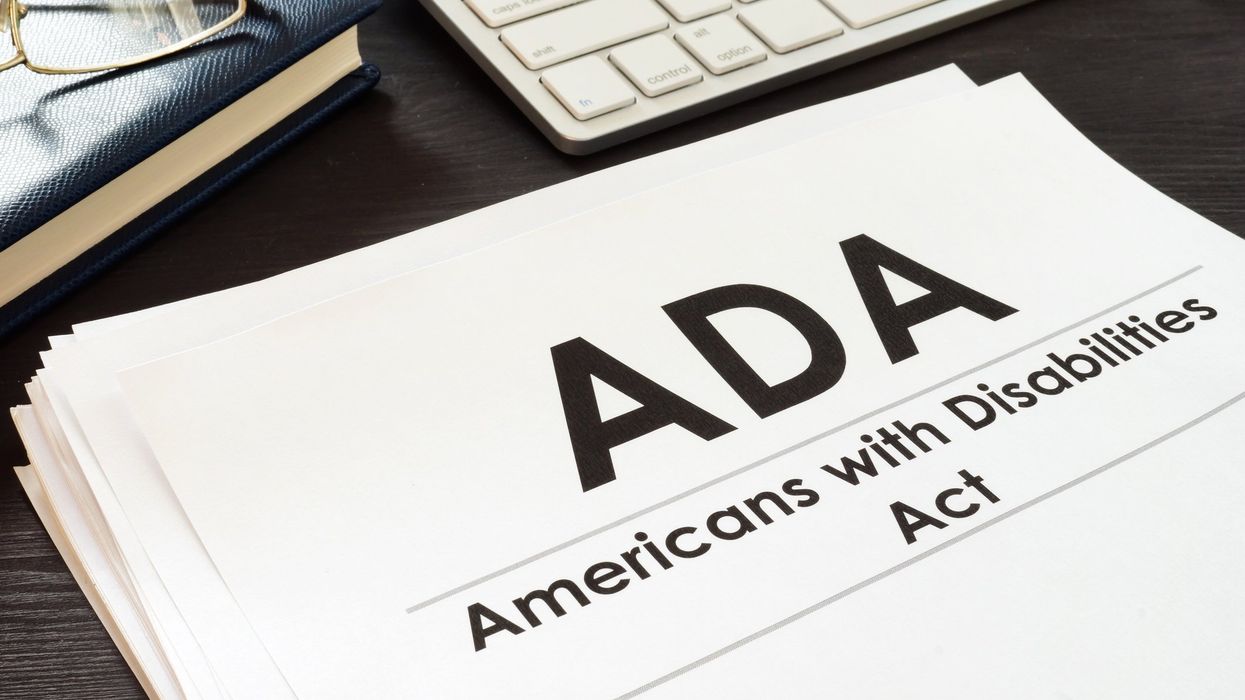One July morning in 1990, a crowd gathered on the White House lawn, some in wheelchairs, others holding signs, many with tears in their eyes. President George H.W. Bush lifted his pen and signed his name to the Americans with Disabilities Act (ADA)—the most sweeping civil rights law for people with disabilities in the nation's history. It was a moment three decades in the making: a rare convergence of activism, outrage, and legislative will. The ADA's promise was simple—no longer would disability mean exclusion from public life—but its implications were anything but.
Thirty-five years later, the ADA remains a landmark, a legal bulwark against discrimination, and a symbol of hard-won visibility for a community that has been too often relegated to the margins. Yet, like every civil rights law, the ADA's story is more complex than a single signature or a morning in Washington. Its passage and its legacy have always been about more than ramps and regulations.
What Came Before?
The ADA did not arrive out of thin air. Its roots run deep into the fertile soil of American activism. In the years following World War II, disabled veterans returned home to an inaccessible country, and institutions like the League of the Physically Handicapped and the National Federation of the Blind began agitating for change. In the 1970s and 1980s, disability rights activists deployed tactics borrowed from the civil rights and women's movements—such as sit-ins, marches, and direct action—with a distinctive flair. The "504 Sit-In" in San Francisco lasted nearly a month and forced the Carter administration to implement Section 504 of the Rehabilitation Act, which ultimately became the ADA's immediate legislative ancestor.
By the late 1980s, public opinion had begun to shift, albeit with resistance. Stories of exclusion—children barred from classrooms, workers fired, citizens shut out of buses and libraries—made headlines. Bipartisan support emerged, but so did fierce opposition, with business groups warning of increased costs and the potential for "frivolous lawsuits." What ultimately broke the deadlock were the human stories: activists crawling up the Capitol steps, parents demanding a better future, and legislators willing to listen.
The ADA's signing into law transformed the culture. Suddenly, curb cuts appeared on every corner; sign language interpreters stood beside politicians, and wheelchair users became visible in public life. More subtle, but just as important, was the shift in how disability itself was understood—not as a personal tragedy or a medical problem to be "fixed," but as a natural part of the human experience. Media, too, began to catch up. Shows like "Sesame Street" introduced disabled characters; movements like Disability Pride parades brought celebration and self-advocacy to the streets. The disability community, once fragmented, began to coalesce into a force in American art, literature, and politics. Narratives shifted from pity to pride, from charity to justice.
The ADA's Ripple Effects
Legally, the ADA set a new standard. It barred discrimination in employment, required accessible public spaces, and mandated "reasonable accommodations" in schools and workplaces. Yet, the ADA's power has always depended on enforcement—and on interpretation. Courts have debated the meaning of "reasonable accommodation" for decades. Lawsuits have piled up over a range of issues, from digital access to service animals, and uneasy compromises have been reached. The law's very breadth—its attempt to address everything from movie theaters to medical care—has been both its strength and its Achilles' heel.
And then there's the question of intersectionality. The ADA was written with a broad brush, but not all disabled Americans are affected equally. Race, gender, class, and immigration status intersect with disability in ways the law still struggles to address.
Even as this year’s anniversary marks progress, the ADA's limits are glaring. Disabled people still face unemployment rates twice as high as their non-disabled peers. Accessible housing is scarce; public transportation can be a nightmare. For many, the promise of the ADA is more theoretical than real.
Critics within the community point to tokenism—disabled people are celebrated for overcoming barriers but rarely invited to shape the systems that create those barriers in the first place. Others note that compliance is often performative: a ramp at the back of a building, a website with half-baked accessibility features. The law's reliance on individual lawsuits means that those with the least resources are often the ones most left behind.
COVID-19 laid bare these failures. As schools and workplaces moved online, digital accessibility became a lifeline—and a battleground. Telehealth, remote work, and flexible policies—long demanded by disabled advocates—suddenly became possible for the non-disabled majority. However, the digital divide remains deep, particularly for those without access to resources or a reliable internet connection.
What Real Inclusion Looks Like
Young activists are not waiting for permission. They're organizing online, calling out ableism in politics and pop culture, and demanding that the fight for disability rights be woven into every other movement for justice—climate change, racial equity, and reproductive rights. Intersectionality, once a buzzword, is now a blueprint for understanding.
Lawmakers and institutions, too, must do more. The ADA's promise cannot be fulfilled without robust enforcement, expanded protections for the most marginalized, and a willingness to rethink what "access" means in a rapidly changing world. Disability justice demands more than compliance; it requires imagination, solidarity, and, above all, a recognition of our shared humanity. Thirty-five years on, the ADA endures as both a shield and a challenge—a testament to what is possible and a reminder of how much remains to be done.
Rev. Dr. F. Willis Johnson is a spiritual entrepreneur, author, scholar-practioner whose leadership and strategies around social and racial justice issues are nationally recognized and applied.



















